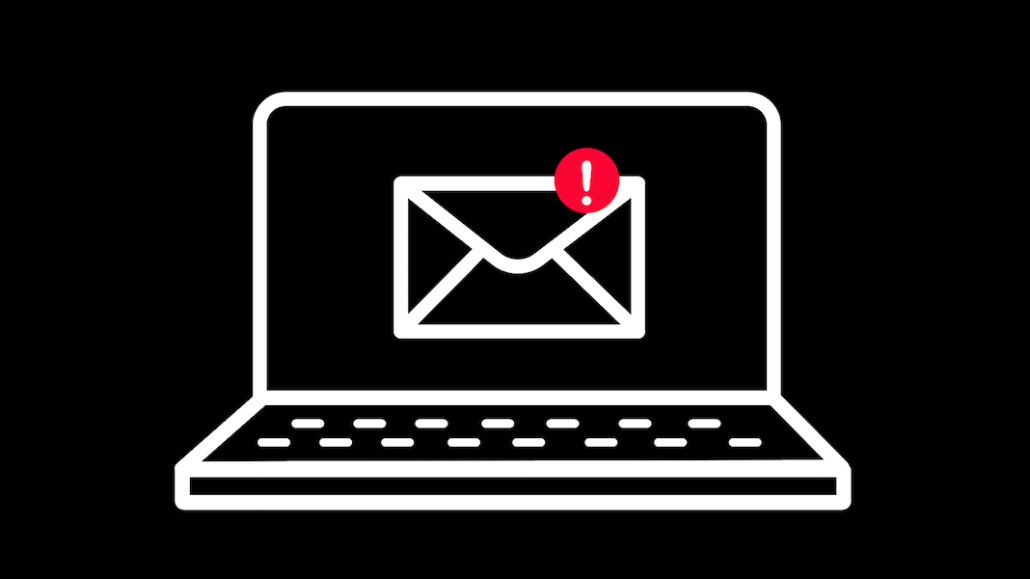Quartz refocuses subscription program on email newsletters for paying readers

Quartz is making changes to its three-year-old subscription program, with a new focus on its email newsletters after the publisher found its paying subscribers, or “members,” were driven to most of Quartz’s content via their inbox. Quartz sees the newsletters as a way to retain subscribers and further grow its following among paying customers.
After launching in 2018, Quartz’s subscription program now centers around four weekly emails, which debuted on Aug. 2 and are exclusively available to members. According to a March 2021 survey, 75% of Quartz’s members said they were primarily accessing Quartz’s content through email, according to Quartz editor-in-chief Katherine Bell.
“Members were telling us: ‘there’s a lot here to read [on the website and app], we can’t take advantage of all of it, we don’t know where to look,’” Bell said, referring to insights from member surveys Quartz conducted. About two-thirds of Quartz’s members are subscribers to its flagship newsletter, Daily Brief.
Quartz has 27,000 members and its membership base increased by 71% year-over-year, according to Bell. Memberships run $14.99 per month or $99.99 per year, according to its website. The company is on its way to generating over $3 million in subscription revenue by the end of 2021, Quartz previously told Digiday, though advertising is still its biggest source of revenue.
Overall, Quartz has 1.3 million total newsletter subscribers and has an average weekly email open rate of around 35% for both paying and non-paying readers, Bell said. Ads run in all of Quartz’s emails. Quartz declined to give revenue figures on newsletter advertising.
Quartz is one of many publishers investing in newsletters to acquire and retain paying readers. The Information launched a newsletter business in March 2021 and now has around seven. Free to read for now, Jessica Lessin, founder and editor-in-chief of The Information, said a subscription will be added to the newsletters “over time.” The New York Times sees its popular newsletter The Morning as a path to convert readers to subscribers.
Email newsletters are “typically the first step in getting someone to convert to a paying member or subscriber,” said Melissa Chowning, founder and CEO of audience development and marketing firm Twenty-First Digital.
The new newsletters
Quartz now has a total of 11 newsletters, five of which are exclusive to members. The four new member-only newsletters are:
- “The Forecast,” which comes out on Mondays, looks at what’s to come for an emerging industry, technology or trend.
- “The Company,” which comes out on Thursdays, focuses on the companies changing the way other businesses work, such as Coinbase and Discord.
- On Fridays, “How To” suggests ways people can work more effectively as well as solve problems on issues, such as spending too much time on their phone or managing a company’s return to the office.
- “The Weekend Brief” goes out on Saturday and analyzes the biggest news story of the week.
“How To” is brand new, but the other newsletters evolved from preexisting email products. The Forecast is a version of a newsletter that published a “concise set of insights” from Quartz’s Field Guides, or deep dives into topics, trends and industries. The Weekend Brief used to be free to access for all readers but is now member-only.
The whole newsroom will be contributing to the newsletters, but member-only emails will mostly be written by one reporter. Quartz also just hired an associate membership editor, who will start later this month.
A ‘modern take on a weekly magazine’
When asked if she was worried about overwhelming members’ inboxes with Quartz emails, Bell said there “is always that danger.” However, this “forces you… to be really selective to what you bring attention to” in the newsletters. She likened Quartz’s emails to a “very modern take on a weekly magazine,” in terms of the curation and analysis that goes into them. And like a magazine, the newsletters don’t have “endless space,” so the newsletter team aims to keep the emails concise, insightful and useful for readers, Bell said.
Quartz is “simply responding to their users’ behavior,” Chowning said. “A publisher should never force a reader to get content on the publisher’s terms, but instead where the reader prefers to engage.” And because email is “much less likely” to be affected by algorithm changes by platforms, “establishing email as a primary benefit to a membership makes a lot of sense,” she said.
Later this fall, Quartz will offer another membership, around its Quartz Africa vertical. Quartz has a team in Kenya and Nigeria that already produces a Quartz Africa newsletter, which has about 100,000 subscribers, but soon members will also be able to sign up for a second Quartz Africa email focused on the startup scene and emerging businesses in the continent. Non-members can also sign up and pay specifically for that newsletter without getting a full membership to Quartz.
More in Media

Here are the biggest moments in AI for publishers in 2025
Here are some of the moments that defined how publishers adapted to the AI era this year.

Digiday+ Research roundup: Gen Z news consumption and diversification in the DSP space were 2025’s top trends
As 2025 winds down, we rounded up the biggest trends of the year, based on the data that resonated the most with Digiday’s readers.

What publishers are wishing for this holiday season: End AI scraping and determine AI-powered audience value
Publishers want a fair, structured, regulated AI environment and they also want to define what the next decade of audience metrics looks like.








